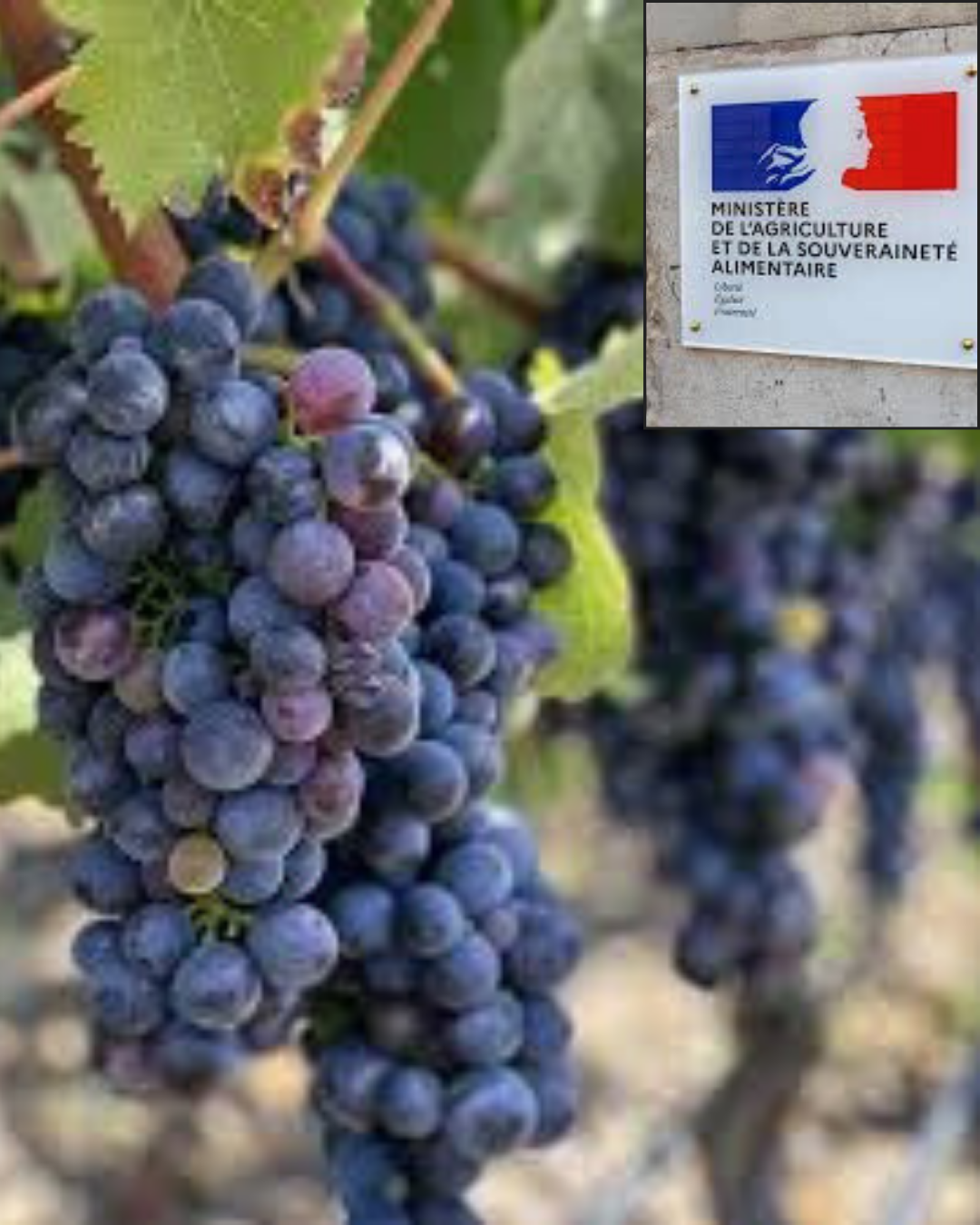The French Minister of Agriculture and Food Sovereignty submitted a formal request to the European Union to update the Official Catalogue of Species and Varieties of Plants Cultivated in France. At the culmination of this process, three grape varieties, Calardis Blanc (white), Magdeleine Noir, and Négret de la Canourgue (both red) have now received official authorization.
Calardis Blanc, a hybrid derivative of Calardis Musqué and Seyve Villard 39‑639 developed by the Julius Kühn Institute (Geilweilerhof, Germany), is notable for its resistance to powdery mildew, downy mildew, and black rot. Previously approved since 2020 in Germany’s Rhineland‑Palatinate, it is now cleared for cultivation across France, where it is expected to yield wines with rich aromatic complexity, exotic fruit profiles, and pronounced acidity, traits favourable for sparkling wine production.
Magdeleine Noir, also referred to as ‘Black Magdeleine’, originated in Brittany and has been identified in the Charentes. It is genetically linked to Merlot and is described as a balanced cultivar of considerable complexity.
Négret de la Canourgue, hailing from the Tarn Valley, is characterized by vigorous growth, strong yields, late ripening, and a pale colour, qualities that render it especially suitable for lightweight rosé wine production.
This regulatory decision aligns with broader EU and national strategies to modernize and diversify viticultural production. As of late 2024, France had authorized 357 grape varieties for wine production and labelling, compared with roughly 700 in Italy, 260 in Spain, and 343 in Portugal. Meanwhile, Germany had approximately 465 permissible varieties, and Greece around 206.
The Rise of Hybrid and Resilient Varieties
Amid mounting climate-related pressures on traditional viticulture, hybrid grape varieties are gaining prominence. A study published in Nature Reviews Earth and Environment cautions that up to 70% of current winemaking regions may become unsuitable under continued average temperature increases. Hybrids like Calardis Blanc are championed for their disease resistance, reduced cultivation costs, and adaptability to extreme climate events, alongside their capacity to deliver higher yields with less intensive input demands.





